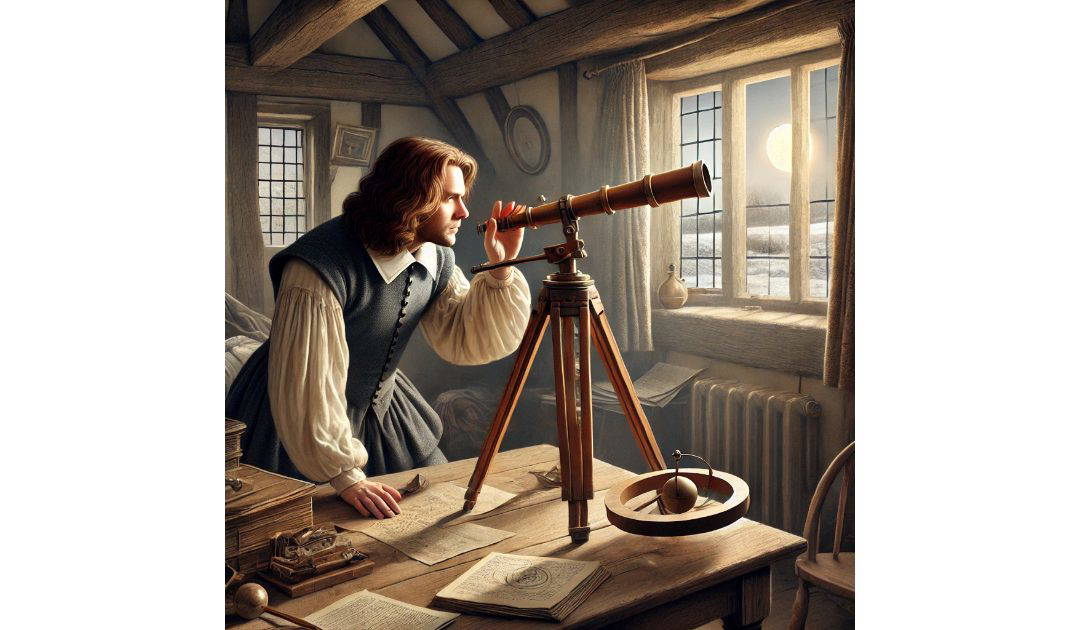In Fire and Earth, the second book of the Sir Anthony Standen Adventures, Standen meets Galileo. In 1609 he was the first man to observe the phases of Venus through a telescope. Astronomy then advanced quite quickly. Jeremiah Horrocks (1618-1641) was a pioneering English astronomer who made significant contributions to the study of celestial mechanics. Despite his short life, his work was crucial in advancing the understanding of planetary motion, particularly through his observations of the transit of Venus across the Sun.
Horrocks was largely self-taught, having been born into a modest family in Lancashire. He briefly studied at Emmanuel College, Cambridge, but left without a degree, probably due to financial constraints. His passion for astronomy led him to study the works of Johannes Kepler and Tycho Brahe, where he found inspiration and gaps in the astronomical knowledge of his time.
One of Horrocks’ most significant achievements was predicting the transit of Venus in 1639. At that time, the only previous recorded observation of a Venus transit was by the German astronomer Johannes Kepler, who predicted a transit for the year 1631 but missed seeing it, possibly due to a miscalculation or bad weather. Kepler’s tables had not predicted another transit until 1761. However, Horrocks, using his improved calculations and corrections to Kepler’s planetary tables, realized that a transit would occur on November 24, 1639 (which was November 24 in the Julian calendar then used in England, but December 4 in the modern Gregorian calendar).
Horrocks quickly informed his friend and fellow astronomer, William Crabtree, urging him to observe the event. On the day of the transit, Horrocks set up a simple telescope in his home in Much Hoole, Lancashire. He projected the Sun’s image onto a piece of paper to safely observe the tiny dot of Venus passing across the solar disk. His observations lasted only about 30 minutes due to poor weather, but they were enough to confirm the transit.
The successful observation of the transit was groundbreaking. Horrocks was able to estimate the size of Venus and its distance from Earth more accurately than ever before. His work provided critical data that later helped astronomers calculate the scale of the solar system. Horrocks’ findings, published posthumously in his treatise “Venus in Sole Visa”, laid the groundwork for future astronomical studies.
Jeremiah Horrocks is remembered as a significant figure in astronomy who, despite limited resources and a tragically short life, managed to achieve a breakthrough that advanced human understanding of the cosmos. The 1639 transit of Venus is celebrated as a landmark event, illustrating the power of careful observation and mathematical precision in astronomy.

